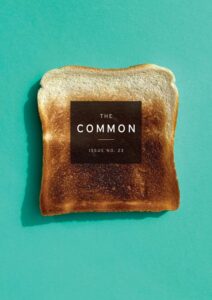By SCOTT GEIGER
In two sequential hurricane seasons, the Earth has mounted two solid runs at (re)producing the plot of Nathaniel Rich’s Odds Against Tomorrow. It’s good Rich’s second novel found print this spring. After Irene and Sandy, there’s this spooky feeling that it’s only a matter of time before greater disaster strikes.








